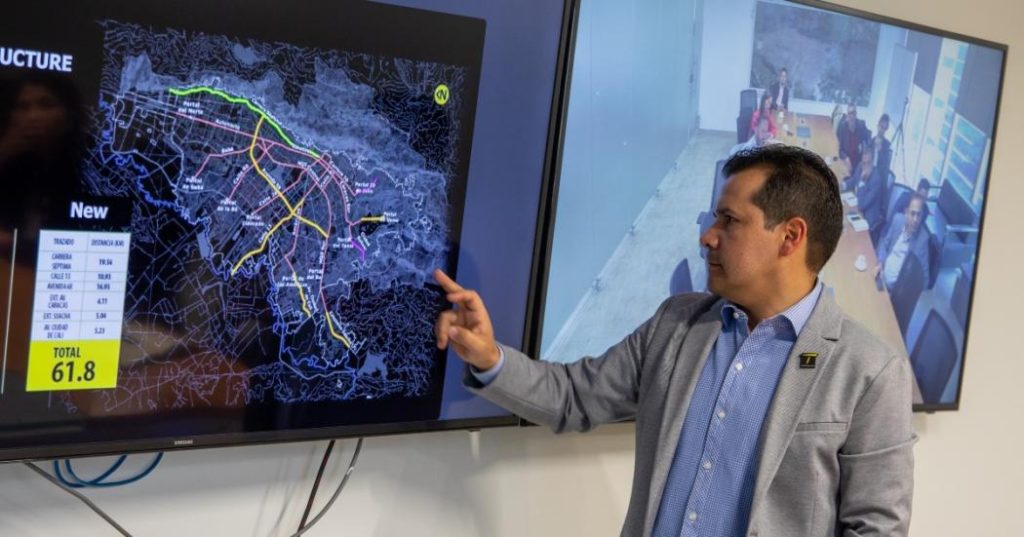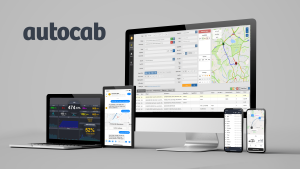At a meeting sponsored by the Inter-American Development Bank, seven mayors from Brazil and a delegation from the World Resources Institute (WRI), a global research organization that works with governments, companies, institutions and civil society, visited Bogota to learn about the Transmilenio system.
The international visitors observed the operation and management of electromobility that TransMilenio, as the managing entity, leads in the city to guarantee the provision of an Integrated Public Transportation System service, in its trunk and zone components, to nearly four million users per day.
Read also: Geotab Presents an Analysis of the Autonomy Challenge in Electric Vehicles
Regional Reference
The General Manager of TransMilenio, Orlando Santiago Cely, expressed his satisfaction at receiving the visit so that cities in the region can adopt measures for more sustainable transportation.
For the WRI, TransMilenio is a regional and global example in terms of environmentally sustainable mass transit operation thanks to its current electric fleet of 1,485 buses, the second largest in Latin America.
“These visits are fundamental because they help to share experiences, not only to learn from other countries, but also to share TransMilenio’s great achievements in terms of operation, electric buses and infrastructure growth,” said Felipe Ramirez, Director of Urban Mobility at WRI.
Similarly, representatives from Brazil and El Salvador highlighted the magnitude of the System and confirmed that they will apply several TransMilenio S.A. operational and social techniques in the transportation models of their cities of origin.
“The experience is fantastic because urban mobility is one of the great challenges of all Brazilian cities. We were able to bring ideas and experiences to Brazil, and TransMilenio has even offered to provide us with technical consultancy so that we can integrate Brazilian solutions with those achieved in Bogotá,” said Duarte Nogueira, mayor of the state of Ribeirao Preto, in São Paulo, Brazil.
“It is a collective and efficient transportation system. We got to know the whole operation of La Rolita. It is important for us to make this type of progress in Latin American countries,” added Nelson Reyes, Vice Minister of Transportation of El Salvador.
New Developments
As part of its digitalization measures, Transmilenio announced this Tuesday, March 7th, that from today users have the possibility to recharge the ‘tullave’ card via web.
To do so, users must enter www.tullaveplus.gov.co, fill out the form with their data and the value of the recharge, enter the data of the card with which they will make the payment and, finally, activate the web recharge in automatic loading devices within the trunk stations of the System, as well as in more than 7860 buses of the System.
After 30 minutes of the bank transaction, users can take the bus and when they pass the card through the reader, the recharge will be effective without the need to go to a trunk station.
Transmilenio also announced a new allied application called “Maas App” available for all types of smartphones, where users can recharge the card digitally, free of charge. The app allows users to recharge through PSE with any bank account or digital wallet.







